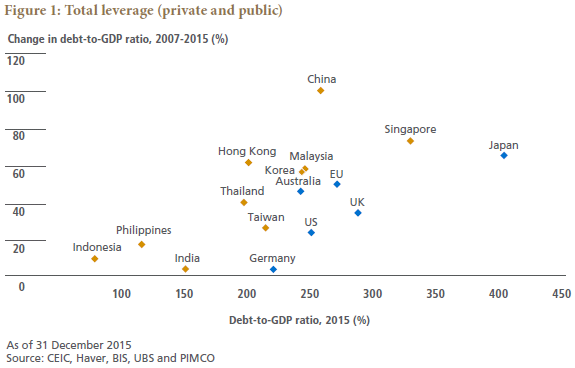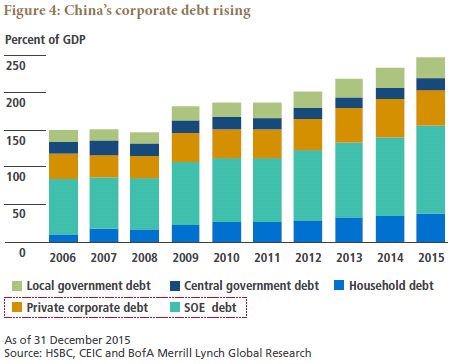Harold Mitchell wishes that politicians would stop throwing mud at each other:
…..The great Sir Robert Menzies never mentioned Labor leader Arthur Calwell by name with that wonderful plummy accent of his. He would occasionally refer to the “leader of the opposition” but only if he really had too.
But now leaders everywhere end up making us wonder if any of them are up to it because they don’t stop deriding each other. That’s about all that Trump and Clinton do. The net effect on much of the population is to blank out policy discussion with negativity that they think is hurting the other, but in the end discredits them all. The debates start low and go lower.
My experience in London was similar. The English elite, as they thought of themselves, attacked everyone: Germans, French, Scottish, Irish and everybody south of the equator. Any wonder that they lost the Brexit vote because they’d convinced the people that the rest of the world was no good.
….Waleed Aly, at a brilliant Andrew Olle lecture last Friday, said that you never hear McDonald’s and Burger King in America run down each other. They just want people to [buy] hamburgers. So if you’re trying to build public trust, ….stop attacking each other. No one appreciates negativity. You use a lot of energy and important things don’t get the elevation they really need…..
Voters need to wise up. He/she who throws the most mud is normally the dirtiest.
Source: The way of the magpie: Know your enemy, don’t bother fighting them














